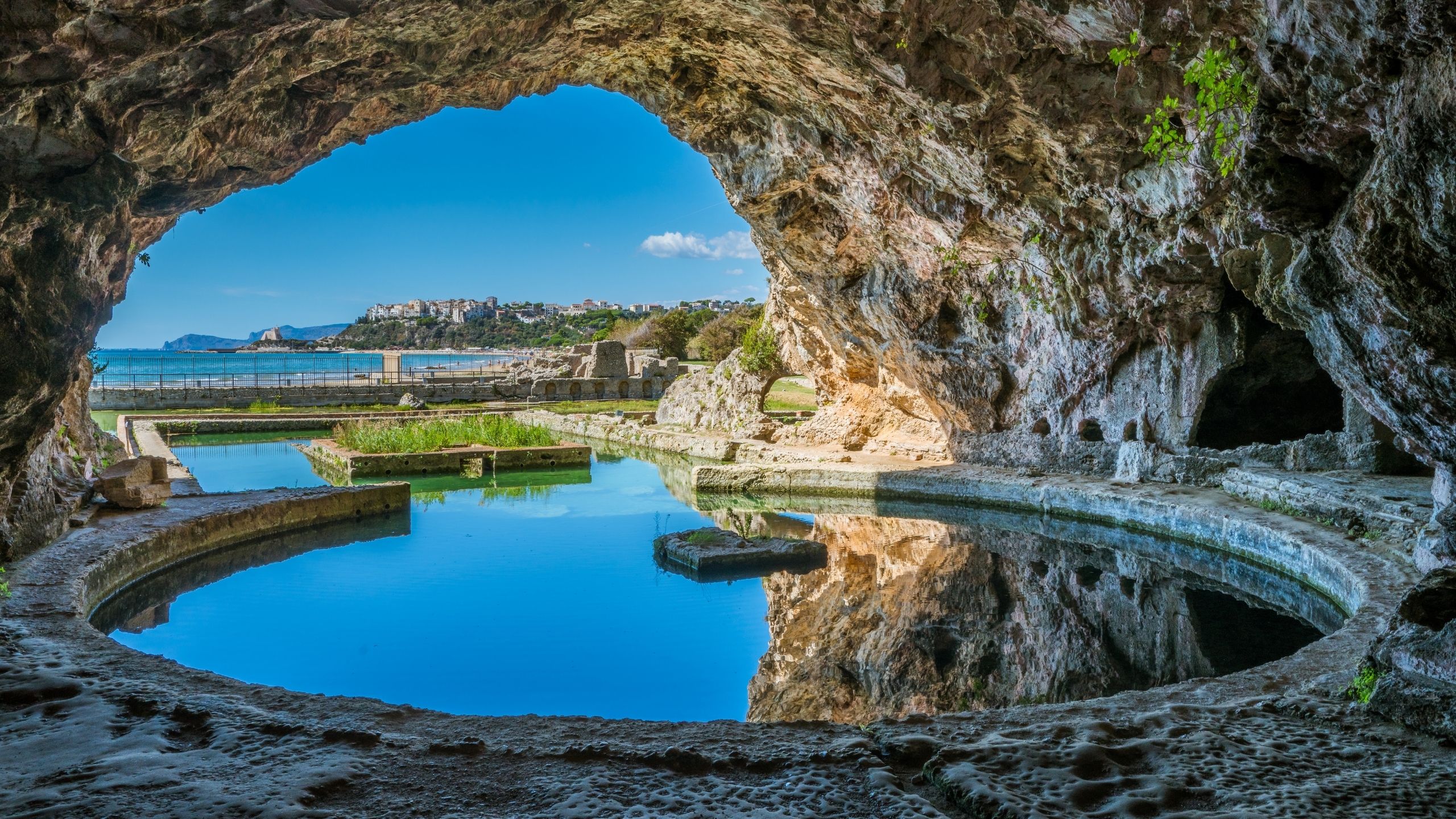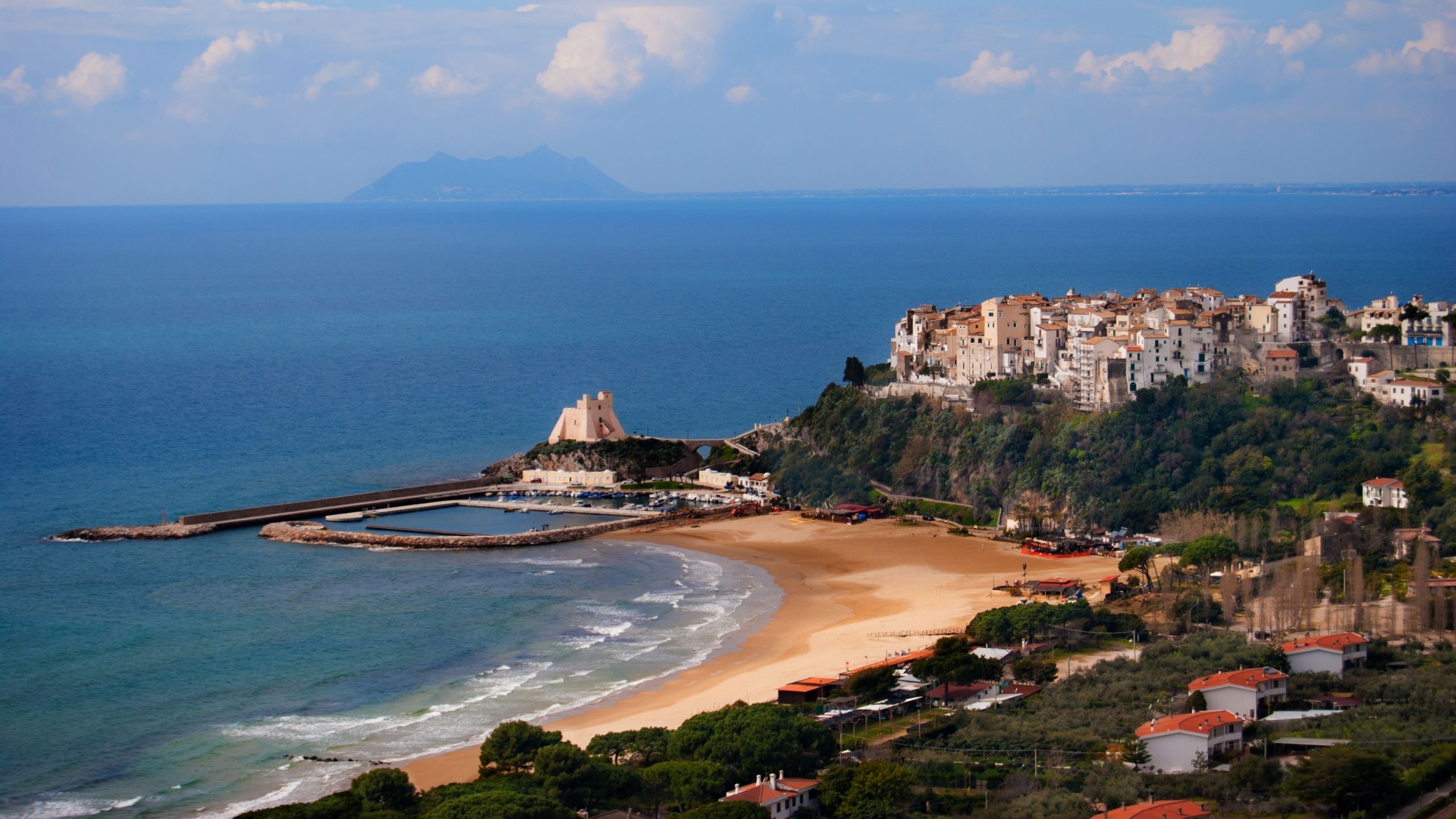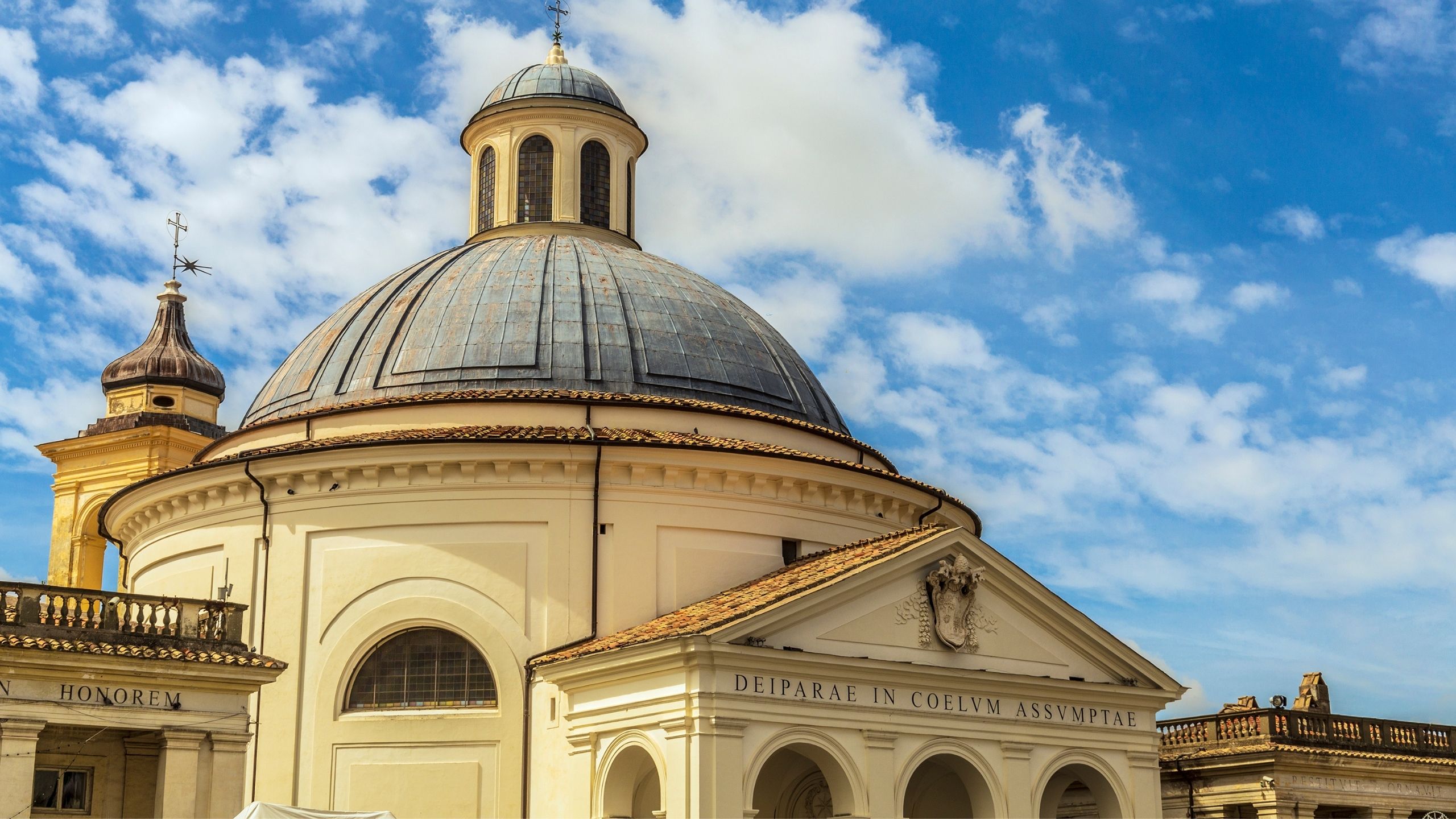The beautiful village of Sperlonga and the villa of the emperor Tiberio
Rome is full of churches, monuments and private buildings that still tell its incredible history, and for sure in the surroundings of the capital the villa of the emperor Tiberius in Sperlonga is a really attractive destination if you want to visit the historical places of the eternal city. The villa overlooks the sea and represents a glimpse of Tiberius' private life, there were many legends and rumors that circulated, the fact is that this architectural complex remains one of the most extraordinary and useful examples for understanding the antiquity and life of emperor.
Tiberius is the reluctant emperor who ruled the Roman Empire from 14 to 37 AD. and had his summer residence built in Sperlonga, south of Rome. Archaeologists have found a series of sculptures in the villa's cave that reveal a keen taste for Hellenic art and the adventures of the Homeric hero Ulysses.
The beautiful village of Sperlonga
Sperlonga is located a few tens of kilometers south of Rome, between the cities of Gaeta and Terracina. Emperor Tiberius chose this site as his summer residence: a splendid natural setting right on the sea. Signs of human life have been found and date back to the upper Paleolithic, according to tradition this is the site where Amyclae, the mythical city of the Spartans, was built.
Today the only visible remains of the imperial villa are some rooms that surround a courtyard, a bread oven and a kiln. Tiberius began his reign as a rather unpopular and keen leader and was highly respected, but generally disliked for various reasons according to the Roman historian Tacito, namely his arrogance and inscrutable appearance. He had a reputation for being a dark, lonely and gloomy ruler who never wanted to be an emperor.
The story of Tiberio and the villa
Plinio il Vecchio called him tristissimus hominum, the darkest of men. The expression was adopted by the emperor Augusto, it simply served to give greater dignity and resonance to his reign, which was followed by that of Tiberio - which surely would have been a disaster by comparison. The reign of Tiberio was characterized by a certain distrust on his part, who expected the Senate to manage the empire without him having to interfere continuously. He wanted to appear as a servant of the state and not as an emperor. His reluctance to participate in political life only led to confusion and miscommunication between him and the Senate.
During his reign, Tiberio left Rome (some say to escape his imperial responsibilities) soon after losing his two sons, Druso and Germanico; he never returned, making his home in the now famous villa in Capri. It is interesting to note that even as a young man he retired from public life by going to Rhodes to live almost as a recluse, proof of the fact that he never loved company. The villa of Sperlonga belonged to the family of Tiberius for several generations, to Marco Aufidio (or Alfidius) Lurcone, grandfather of Livia, the mother of the emperor originally from the nearby city of Fondi. There is direct evidence reported by the ancient Roman historian Suetonius of a near-fatal accident in the villa's cave, although the author seems to confuse Sperlonga with the nearby town of Terracina. In any case, Tiberius managed to save himself.
The life of Tiberius
There is an interesting story that tells when the rocks from the top of the cave (not the ceiling as Suetonius suggests) fell on the guests, and it relates that Tiberio was saved by Seiano who covered the body of the Emperor with his own, while others limited themselves to run away thinking only of saving their own skin. Seiano was rewarded for his loyalty - eventually became the head of the Praetorian Guard and was offered many honors and favors. He even ended up dreaming of succeeding the Emperor, who later had him killed for his presumption.
The second part of Tiberio's life, after leaving Rome, was marked by a physical and moral degeneration. It was said that he never recovered from the death of his son Druso, which plunged him into a depression. He was overwhelmed by a serious illness which resulted in unsightly, fetid blisters appearing on his body (some say as the result of a slow poison administered by Caligola) and in Capri, away from prying eyes, he gave way to sexual degeneration.
The villa of Tiberio and the cave of Sperlonga
If you want to take a look at the summer residence and in particular the adjacent cave, yours will be a journey full of discoveries. The name Sperlonga derives from the Latin spelunca which means cave, and refers to the natural cave located a few meters from the sea. Left substantially unchanged by the emperor, the structure of the cave was only enriched by the addition of benches along the walls and grotesque masks, which served as lamp holders for lighting. A circular pool (diameter of 21.90 meters) was dug in the center of the cave and featured a Scylla sculpture mounted on a square base in the center. This pool was then extended 30 meters towards the sea to the northwest, in a rectangular shape, divided by two platforms on which two statues stood: the theft of Palladio and the Pasquino (so named after another copy of the Greek statue original which was the model for the famous Pasquino near Piazza Navona in Rome). The entire iconographic scheme of the villa, and in particular that of the cave, is linked to the myth of Ulysses. There are so many artifacts inside, they represent events prior to the war up to the adventures of the return journey from Troy of Homer's hero, Odysseus.
Inside the cave stood the sculptural masterpiece of the time, the Polifemo, a work renowned both for its refinement and for its size. It is currently located in the Archaeological Museum of Sperlonga, where it can be admired in all its splendor, thanks to a life-size reconstruction in plaster and resin.
The scene is that of the famous blinding of Ulisse against Polifemo. The Ciclope is depicted lying on a rock, dead drunk and completely at the mercy of his opponents, who in any case move around him cautiously. Odisseo, identifiable by his characteristic pileo (pointed hood), leads the attack with ferocious concentration. It is he who climbs towards the massive head of the cyclops to make sure the glowing pole goes straight into the monster's one eye.




